Home>Interior Design>5 Must-Haves For Every Small Kid’s Room From Professional Organizers
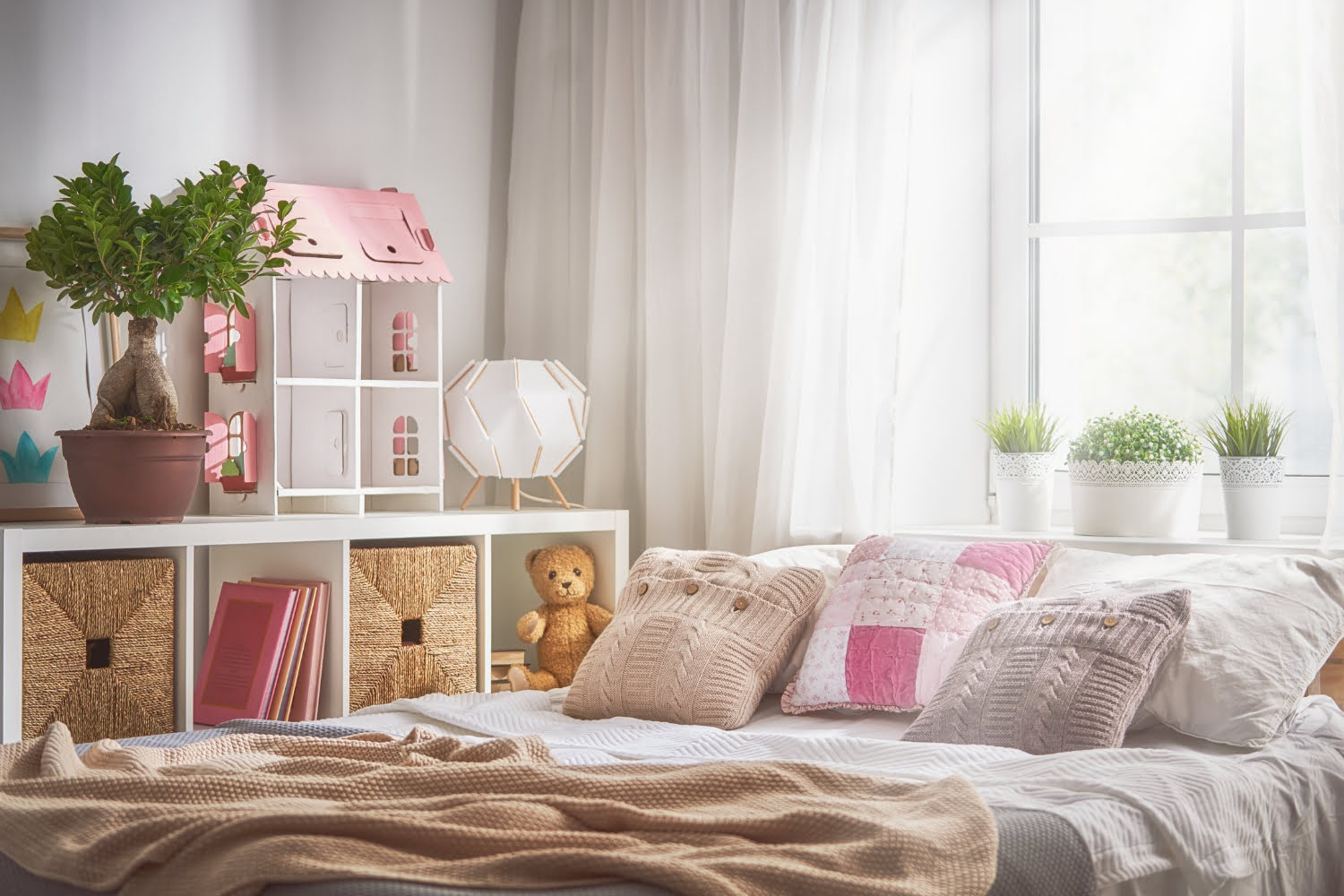

Interior Design
5 Must-Haves For Every Small Kid’s Room From Professional Organizers
Modified: October 20, 2024
Discover the top 5 essentials for a perfectly organized small kid's room from professional interior designers. Create a functional and stylish space for your little ones!
(Many of the links in this article redirect to a specific reviewed product. Your purchase of these products through affiliate links helps to generate commission for Storables.com, at no extra cost. Learn more)
Introduction
Designing a small kid’s room can be a challenging task, especially when you want to create a space that is both functional and visually appealing. As a professional organizer, I have witnessed firsthand the importance of a well-organized and well-designed kid’s room. Not only does it provide a sense of order and calm, but it also encourages creativity and imagination for your little ones.
In this article, I will share with you five must-haves for every small kid’s room. These tips and ideas, ranging from functional storage solutions to personalized touches, will help you create a space that is not only practical but also a joy for your child to spend time in.
Key Takeaways:
- Maximize space with functional storage solutions like closet organization systems, under-bed storage, and wall-mounted shelves to keep a small kid’s room tidy and organized, fostering good organizational habits from a young age.
- Create a visually engaging and personalized small kid’s room with colorful decor, imaginative play areas, and personalized touches, reflecting your child’s unique interests and fostering creativity and self-expression.
Functional Storage Solutions
One of the key elements of a well-designed small kid’s room is functional storage solutions. By maximizing the space available, you can keep the room tidy and organized, making it easier for your child to find and put away their belongings. Here are three storage solutions that are highly effective in small spaces:
- Utilizing closet organization systems: Closets are valuable storage areas that, when optimized, can hold a significant amount of items. Invest in closet organization systems that include shelves, drawers, and hanging space. This will allow you to separate and easily access different types of clothing, toys, and accessories without cluttering the room.
- Incorporating under-bed storage: The space under the bed is often overlooked, but it can be utilized to store various items. Look for bed frames or storage containers designed specifically for this purpose, such as bins or rolling drawers. These can hold toys, extra bedding, or even seasonal clothing, keeping them out of sight and freeing up valuable floor space.
- Installing wall-mounted shelves: When floor space is limited, it’s essential to think vertically. Installing wall-mounted shelves not only adds storage but also adds visual interest to the room. Consider displaying books, toys, or decorative items on these shelves. Make sure to secure them properly, especially if you have younger children, to ensure safety.
By incorporating these functional storage solutions, you can maximize the use of available space and keep your child’s room tidy and organized. It will also make it easier for your child to learn responsibility and develop good organizational habits from a young age.
Kid-Friendly Furniture
Choosing the right furniture is crucial when designing a small kid’s room. Not only should it be visually appealing, but it should also be functional and safe for your child to use. Here are three considerations to keep in mind when selecting kid-friendly furniture:
- Choosing sturdy and child-sized pieces: Children are active and curious, so it’s important to invest in furniture that can withstand their energy. Opt for sturdy materials like solid wood or durable plastic. Additionally, make sure the furniture is sized appropriately for your child’s age and height. This will ensure that they can use it comfortably and safely.
- Opting for multifunctional furniture: Maximizing space is key in a small kids’ room, and multifunctional furniture can help you achieve this. Look for pieces that serve multiple purposes, such as bunk beds with built-in storage or desks with built-in shelves. These dual-purpose furniture items will save space and provide practical solutions for storage and study areas.
- Prioritizing safety features: Safety should be a top priority when selecting furniture for your child’s room. Look for features like rounded corners, secure drawer mechanisms, and non-toxic finishes. Avoid furniture with small parts or sharp edges that could be hazardous to your child. It’s also a good idea to anchor heavy furniture, such as bookshelves or dressers, to the wall to prevent accidents.
By choosing kid-friendly furniture that is sturdy, multifunctional, and safe, you can create a room that is both practical and enjoyable for your child. Remember to involve your child in the decision-making process, allowing them to express their preferences and ensuring that the furniture reflects their personality and interests.
Creative Play Areas
Creating designated play areas in a small kid’s room is essential for fostering imagination and providing a space for your child to engage in creative play. Here are three tips to help you create an inviting and imaginative play area:
- Designating a designated play space: Dedicate a specific area in the room that is solely for play. This can be a corner, a nook, or even a small tent or teepee. Having a defined play space helps your child understand where they can engage in creative activities and separates it from the rest of the room meant for sleeping or studying.
- Including age-appropriate toys and activities: Fill the play area with toys and activities that are suitable for your child’s age and interests. Consider incorporating items like building blocks, puzzles, art supplies, and pretend play props. Rotating toys every few weeks can help keep the play area fresh and engaging for your child.
- Incorporating imaginative play elements: Encourage your child’s imagination by including elements that inspire pretend play. This can include a dress-up corner with costumes and a mirror, a puppet theater, or a kitchenette for imaginary cooking. These additions will spark creativity and provide endless opportunities for imaginative play.
By designating a play space, including age-appropriate toys, and incorporating elements that encourage imaginative play, you create an environment that stimulates your child’s creativity while keeping the rest of the room organized. Remember to regularly declutter and organize the play area to ensure it remains functional and inviting for your child.
Tip: Maximize storage with multi-functional furniture like a bed with built-in drawers or a bookshelf that also serves as a toy organizer. This will help keep the room tidy and organized.
Colorful and Stimulating Decor
The decor of a small kid’s room plays a significant role in creating a visually appealing and stimulating environment. Here are three tips to help you make the decor of your child’s room colorful and engaging:
- Using bright and engaging color schemes: Choose colors that are vibrant and stimulating for your child’s room. Bright blues, yellows, pinks, and greens can create a playful atmosphere. Consider incorporating these colors in the paint on the walls, bedding, curtains, and rugs. Use neutral colors for larger furniture pieces to maintain balance in the room.
- Adding themed wall decals or wallpaper: Wall decals or wallpaper featuring your child’s favorite characters, animals, or themes can add a touch of imagination and personalization to the room. Opt for removable decals or wallpaper, so you can easily change the design as your child’s interests evolve.
- Including educational and decorative elements: Incorporate educational and decorative elements into the room’s decor. Hang alphabet or number charts, world maps, or educational posters on the walls to promote learning. Use decorative elements like colorful art prints, hanging mobiles, or personalized wall hangings to add charm and personality to the space.
By using bright and engaging color schemes, adding themed wall decals or wallpaper, and including educational and decorative elements, you can create a visually appealing and stimulating environment in your child’s room. Let your child’s interests and preferences guide the decor choices, and remember to create a balance between visual stimulation and a calming atmosphere to promote restful sleep.
Read more: How To Fix E2 Error In A Washing Machine
Personalized Touches
Adding personalized touches to your child’s room is a great way to make it feel like their own special space. Here are three ideas to incorporate personalization and make their room truly unique:
- Allowing for personal expression: Give your child the opportunity to showcase their personality and interests in their room. Allow them to choose elements like bedding, curtains, or wall art that reflect their favorite colors, themes, or hobbies. By involving them in the decision-making process, you create a sense of ownership and make the room feel like their own.
- Displaying artwork and achievements: Create a designated area to display your child’s artwork, achievements, and photographs. Hang a corkboard, magnetic board, or string up a line with clips where they can proudly showcase their creations and accomplishments. This not only adds a personal touch but also boosts their confidence and self-esteem.
- Incorporating favorite books and toys: Make space for your child’s favorite books and toys in their room. Install a bookshelf or storage bins where they can easily access and display their cherished items. This not only adds a personal touch but also encourages reading and imaginative play within the comfort of their own space.
By allowing for personal expression, displaying artwork and achievements, and incorporating favorite books and toys, you create a room that reflects your child’s individuality and makes them feel comfortable and at home. Encourage them to take ownership of their space and make it a reflection of their unique interests and personality.
Conclusion
Designing a small kid’s room requires careful consideration of functionality, safety, creativity, and personalization. By implementing the five must-haves discussed in this article, you can create a space that is not only practical and organized but also visually appealing and conducive to your child’s growth and development.
Functional storage solutions, such as closet organization systems, under-bed storage, and wall-mounted shelves, help maximize space and keep the room clutter-free. Kid-friendly furniture, including sturdy and child-sized pieces, multifunctional items, and safety features, ensures a comfortable and secure environment for your little one.
Creating creative play areas with designated spaces, age-appropriate toys, and imaginative play elements fosters imagination and encourages your child’s creativity. Colorful and stimulating decor, achieved by using bright color schemes, adding themed wall decals or wallpaper, and including educational and decorative elements, makes the room visually engaging and inspiring.
Adding personalized touches, such as allowing for personal expression, displaying artwork and achievements, and incorporating favorite books and toys, makes the room feel unique and special to your child. By involving them in the decision-making process, you create a sense of ownership and allow them to express their individuality.
In conclusion, designing a small kid’s room is a balance between functionality, aesthetics, and personalization. Keep in mind the specific needs of your child, their interests, and safety considerations. With these five must-haves as a guide, you can create a space that not only meets their needs but also creates a nurturing and inspiring environment for them to grow, learn, and thrive.
Frequently Asked Questions about 5 Must-Haves For Every Small Kid’s Room From Professional Organizers
Was this page helpful?
At Storables.com, we guarantee accurate and reliable information. Our content, validated by Expert Board Contributors, is crafted following stringent Editorial Policies. We're committed to providing you with well-researched, expert-backed insights for all your informational needs.
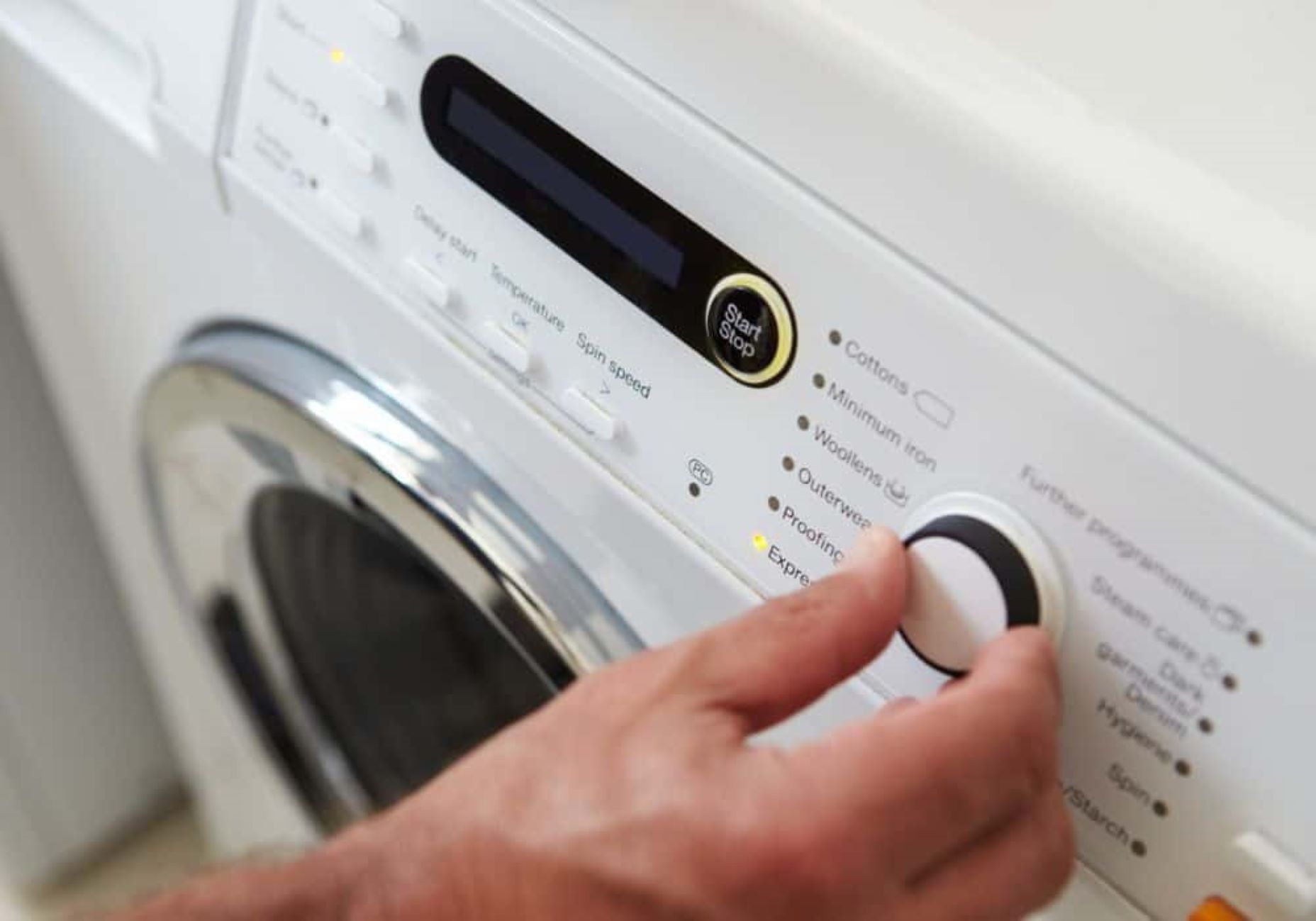
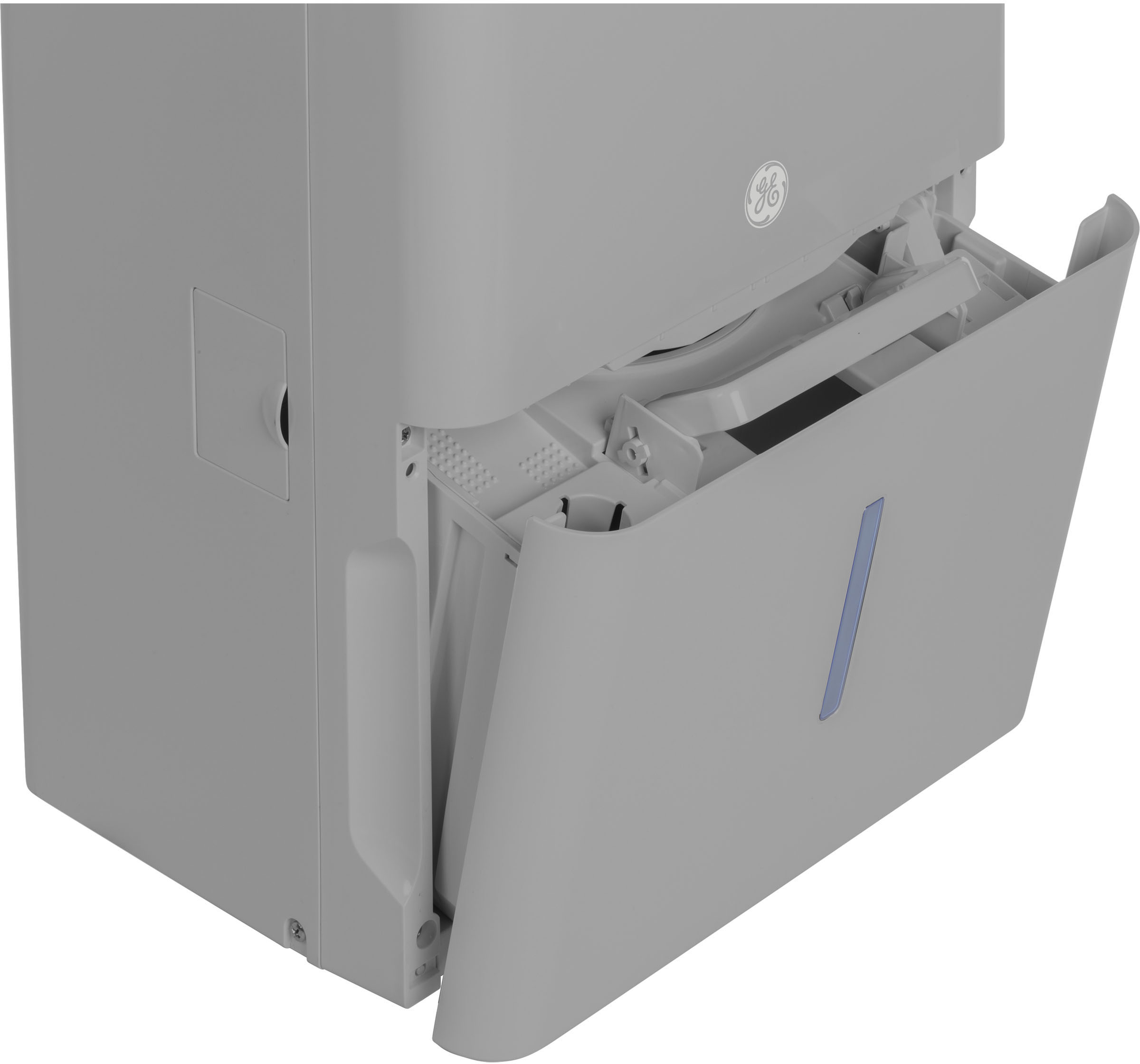

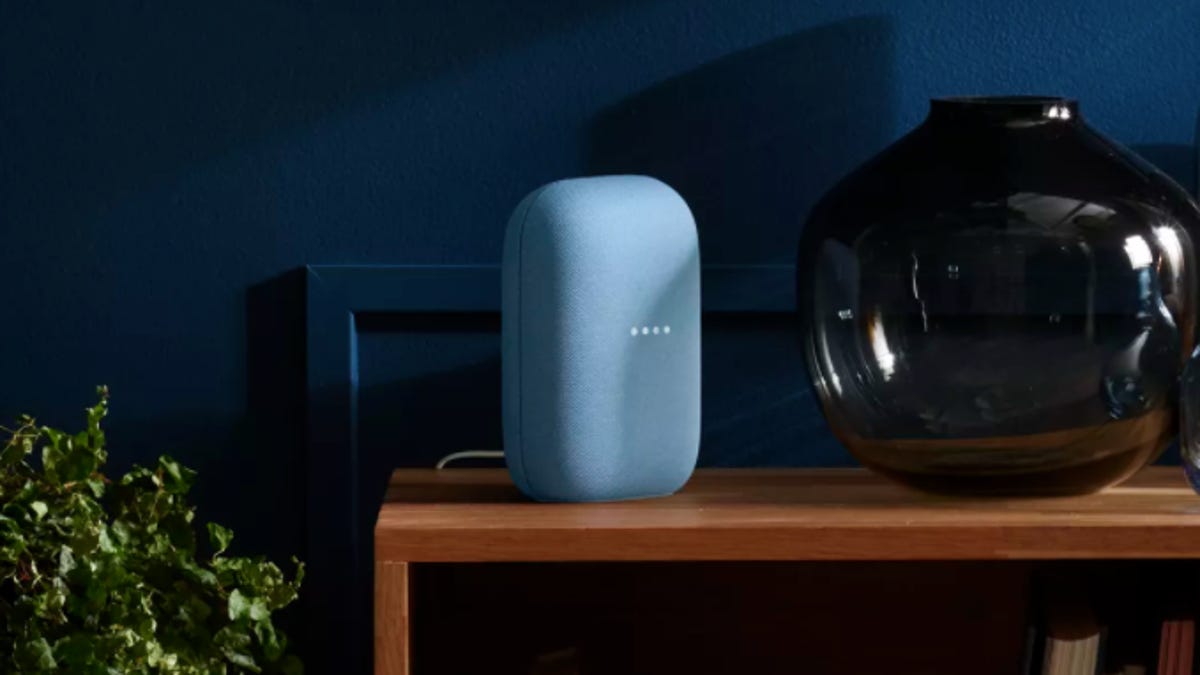



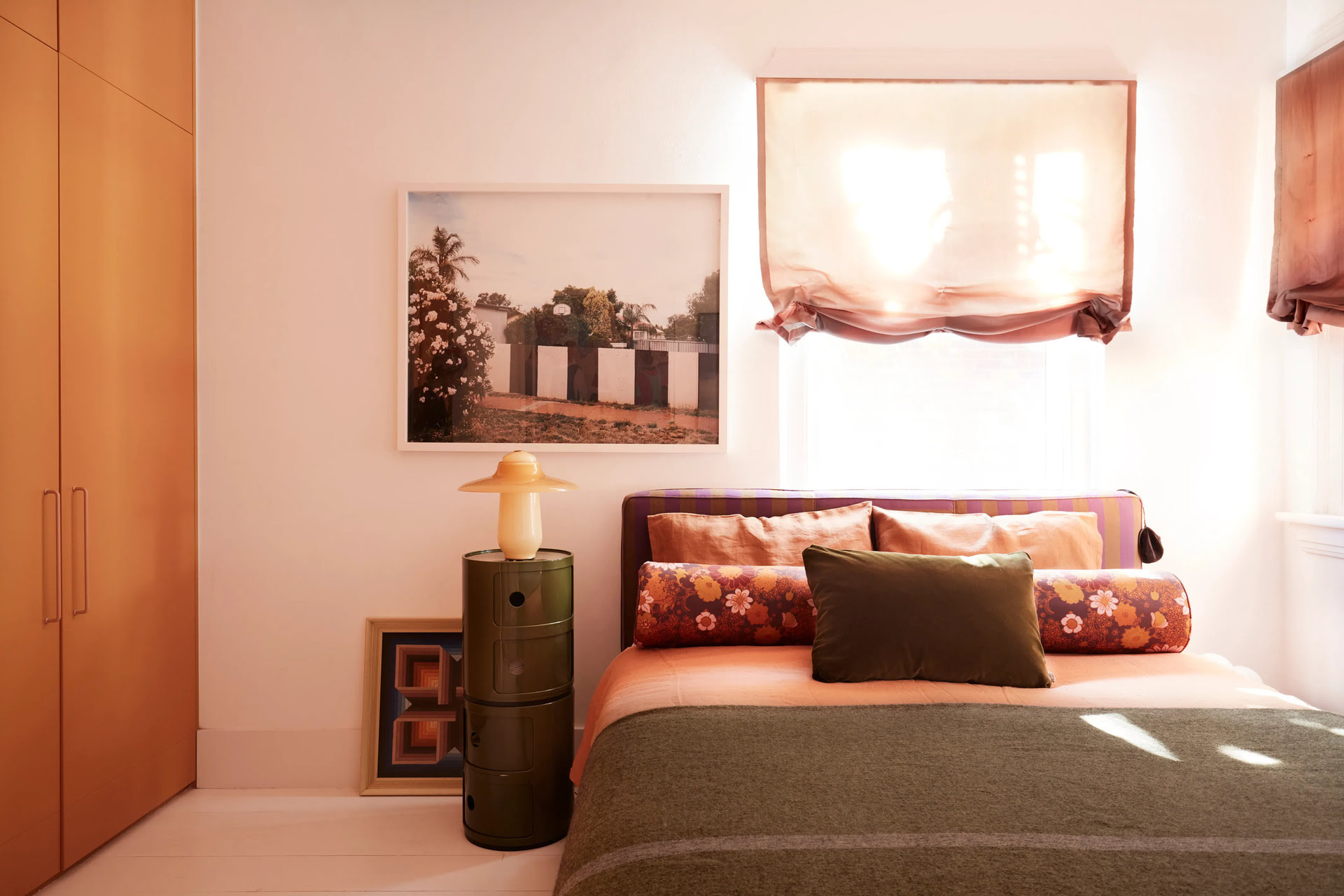


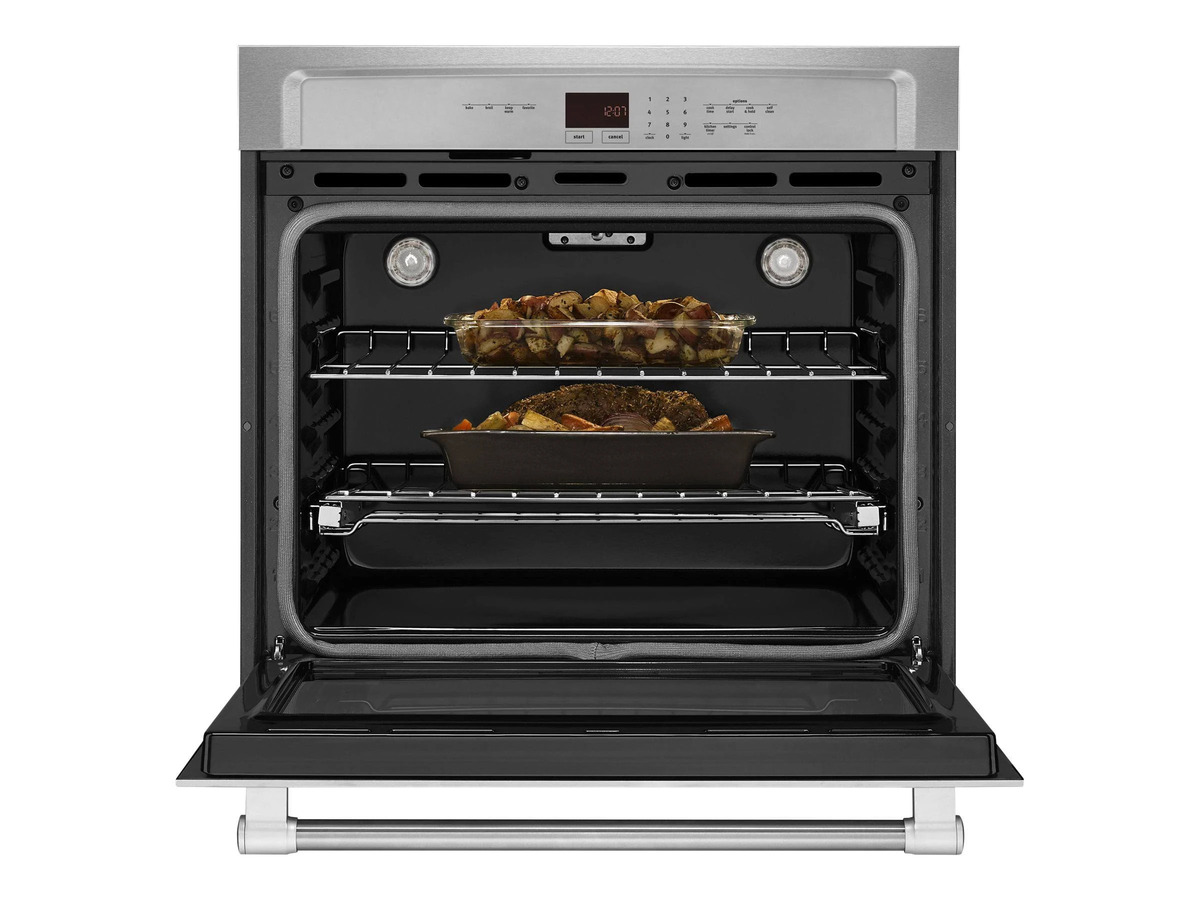
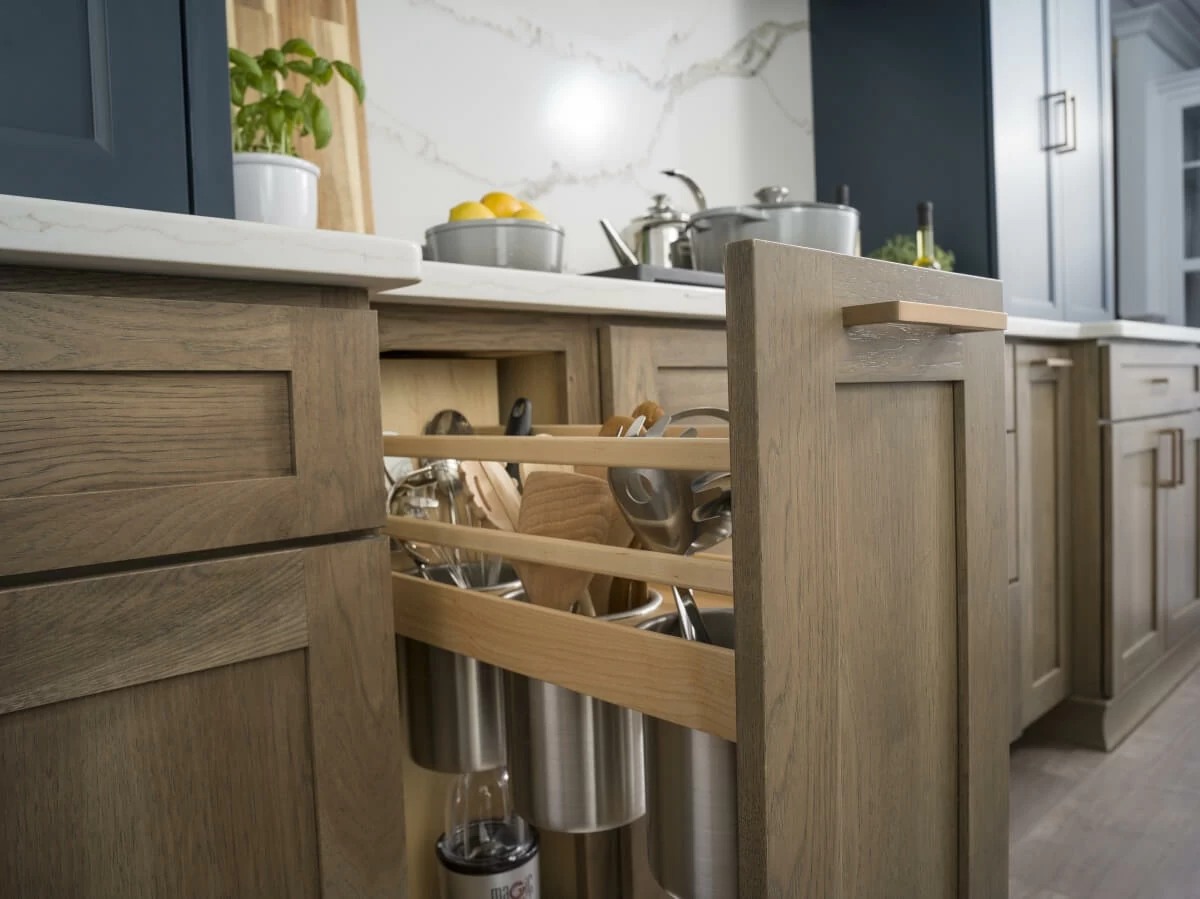
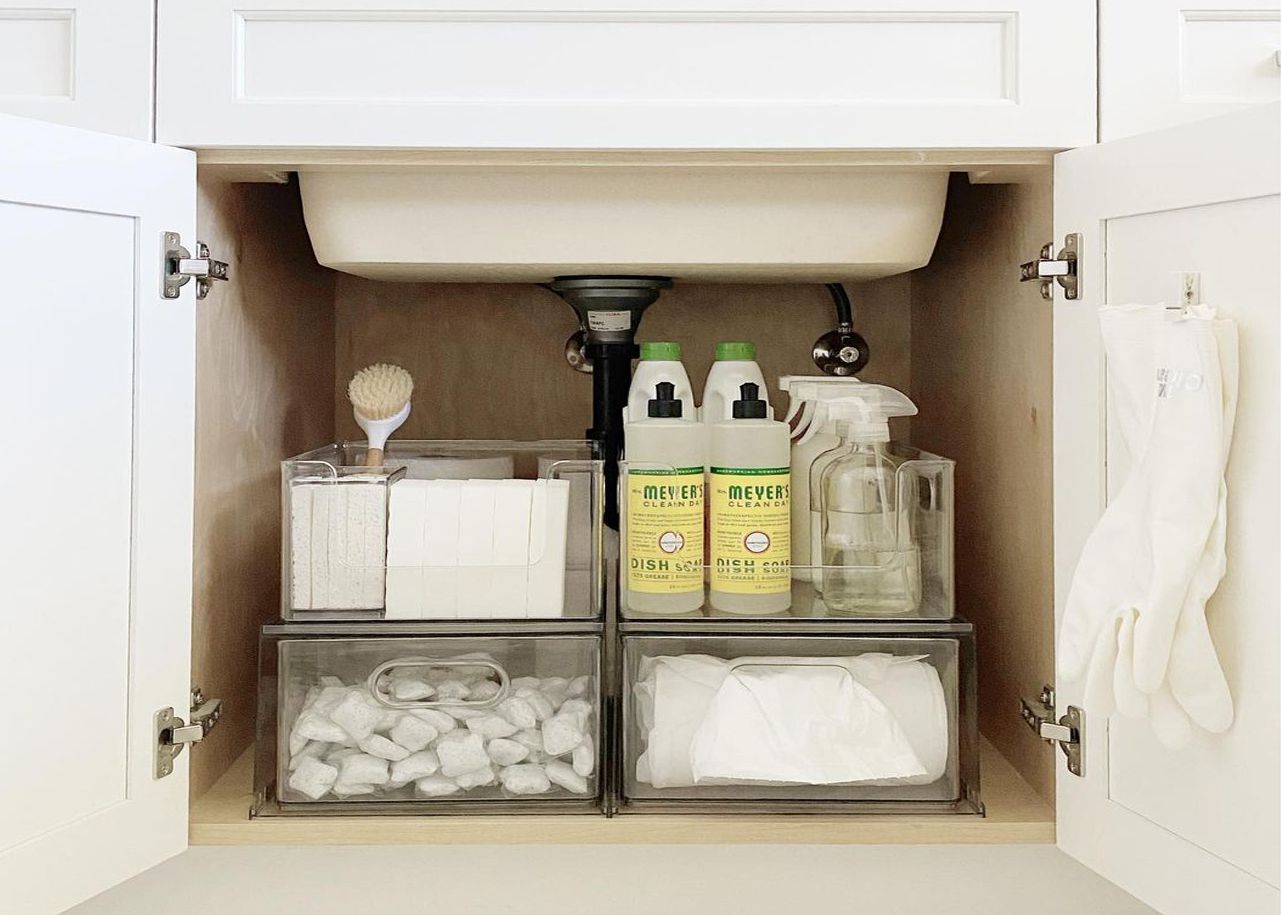
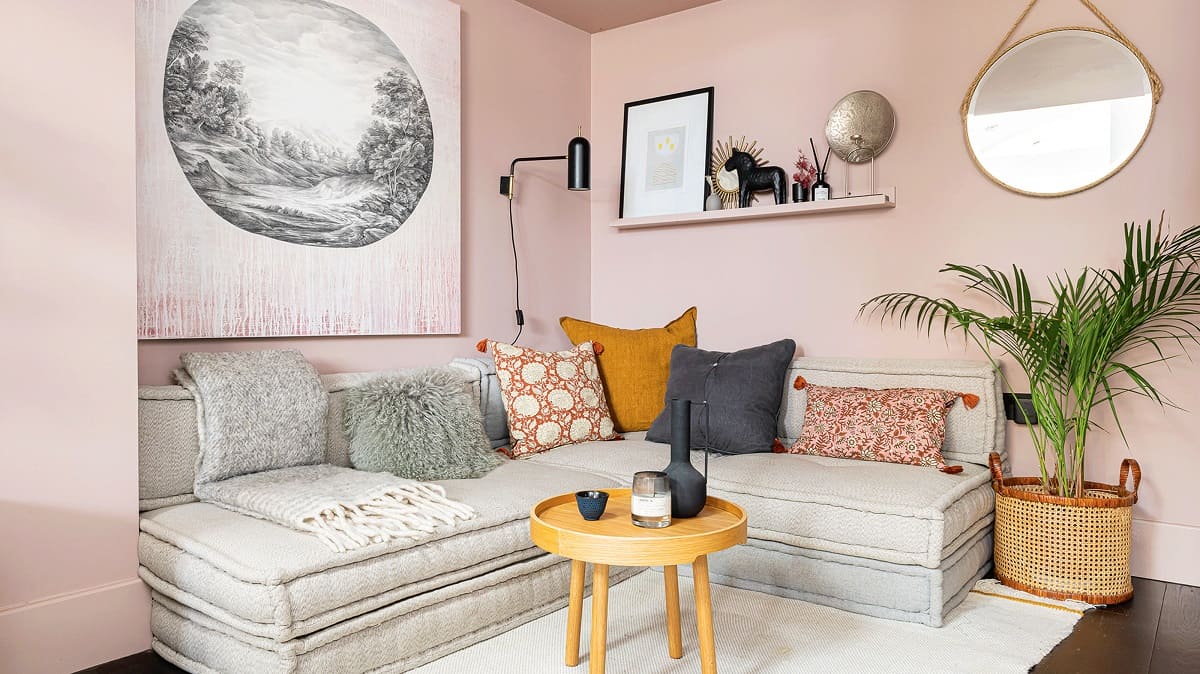

0 thoughts on “5 Must-Haves For Every Small Kid’s Room From Professional Organizers”